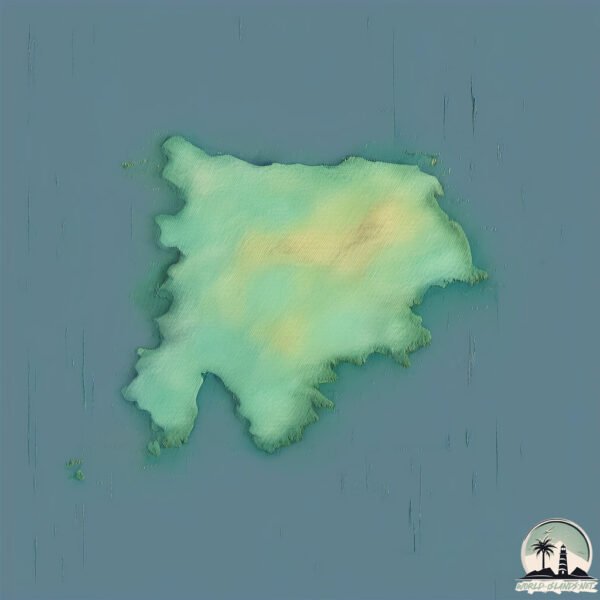Welcome to Zayas , a Temperate island in the The Coastal Waters of Southeast Alaska and British Columbia, part of the majestic Pacific Ocean. This guide offers a comprehensive overview of what makes Zayas unique – from its geography and climate to its population, infrastructure, and beyond. Dive into the details:
Geography and size of Zayas
Size: 12.4 km²Coastline: 33.2 kmOcean: Pacific OceanSea: The Coastal Waters of Southeast Alaska and British ColumbiaContinent: North America
Zayas is a Medium Island spanning 12 km² with a coastline of 33 km.
Archipel: –
Tectonic Plate: North America – Covers North America and parts of the Atlantic and Arctic Oceans, characterized by diverse geological features and varying levels of seismic activity.
The geographic heart of the island is pinpointed at these coordinates:
Climate and weather of Zayas
Climate Zone: TemperateClimate Details: Temperate Oceanic ClimateTemperature: Warm Summer
Climate Characteristics: Known for its moderate year-round temperatures with ample rainfall and no dry season. Warm summers are characteristic.
Topography and nature of Zayas
Timezone: UTC-08:00Timezone places: America/Los_AngelesMax. Elevation: 178 m Mean Elevation: 29 mVegetation: Evergreen Needleleaf ForestTree Coverage: 86%
The mean elevation is 29 m. The highest elevation on the island reaches approximately 178 meters above sea level. The island is characterized by Plains: Flat, low-lying lands characterized by a maximum elevation of up to 200 meters. On islands, plains are typically coastal lowlands or central flat areas.
Dominating Vegetation: Evergreen Needleleaf Forest
Vegetation: 6 vegetation zones – Very Highly Diverse Island
Infrastructure and Travelling to Zayas
Does the island have a public airport? no .
Does the island have a major port? no .
The mean population of Zayas is 0 per km². Zayas is Uninhabited. The island belongs to Canada .
Continuing your journey, Baron is the next notable island, situated merely km away.
Fishing BC Presents: Exploring the Legendary Dundas Island with Tatum Monod
Nestled in a sheltered bay on Dundas Island, you will find the spectacular Haa-Nee-Naa Lodge. Located 35 miles northwest of ...
Fishing BC Presents: Exploring the Legendary Dundas Island with Tatum Monod
Nestled in a sheltered bay on Dundas Island, you will find the ...
Nestled in a sheltered bay on Dundas Island, you will find the spectacular Haa-Nee-Naa Lodge. Located 35 miles northwest of ...
South half Zayas Island, southwest side of Dundas Is. To Prince Leboo Island and Edith Harbour
These videos are of a coastal aerial video imaging (AVI) survey ...
These videos are of a coastal aerial video imaging (AVI) survey conducted in northern British Columbia during 2000 from ...
Remote Islands and Uncharted Anchorages (Ep 13)
In this episode we arrive at Zayas Island with our friends Matt and ...
In this episode we arrive at Zayas Island with our friends Matt and Joss, ready to explore British Columbia's most northwestern ...
Canada is classified as Developed region: G7: Group of Seven – Major advanced economies, including Canada, France, Germany, Italy, Japan, the United Kingdom, and the United States. The level of income is High income: OECD.
News – Latest Updates and Headlines from Zayas
Stay informed with the most recent news and important headlines from Zayas. Here’s a roundup of the latest developments.
Loading...
Please note: The data used here has been primarily extracted from satellite readings. Deviations from exact values may occur, particularly regarding the height of elevations and population density. Land area and coastline measurements refer to average values at mean high tide.

